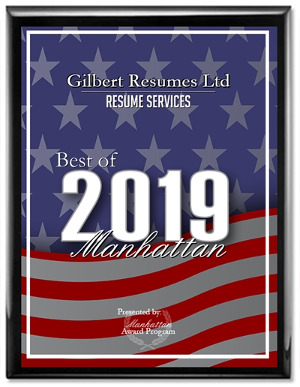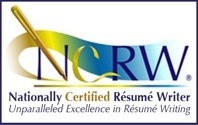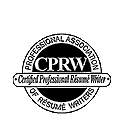DIY Resume Writing Advice
{Click here to read the original article on Careerrocketeer.}
The following is some insider insights on how to create a solid DIY résumé. That is, if you’re brave enough to undertake the task on your own, knowing full well the consequences if in the end your résumé turns out to be a faux 2 carat Cubic Zirconia instead of the brilliant 2 carat diamond you hoped it would be.
Style and Format: It is mind boggling how many different styles and formats exist for résumés today. Of course not each style works for each person and personality. Keep this thought in mind: in Indiana Jones and the Last Crusade the villain looking for the Holy Grail chose the glittery cup and died and the Templar said “he chose poorly,” while Indy chose the most modest cup and lived and the Templar told him “you choose wisely.” The moral is “you need to know what will work for you and not for someone else.”
What you can do is what I do once a month to get new ideas. Google relevant résumé samples in your field and related ones for style and format purposes. View at least 200 (I view >500 at a time) to see how many ways the same type of person can be presented to the same audience. Look for which ones look generic, which are over used, which stand out in your mind, and which would most appeal to you if you were a decision maker and print out the 50-75 you like the most. Then choose the 3 styles and/or formats you think are best for you and create different résumé versions around them.
Content: I’m fond of saying a résumé is less about you and all about what the employer wants to buy. So again I would suggest you go online and print out 75 jobs that you want to apply for (location does not matter) and read them over and take notes about what the common denominator is in each job posting. This will then be the basis of your core résumé.
Wording: Once you know what you need to say look over all the résumés and jobs you printed out and look to see how others phrased what you want to say. If a bullet or sentence fits your speech pattern and personality and reflects what you need to say use it but not verbatim. Rewrite it and make it your own.
The Final Step: Never ever submit a résumé without having it doubly proofed and critiqued. Wait at least 1 day before you proofread it yourself and then have someone with top grammar/spelling skills look it over for you. After seeing it so many times and knowing what should be there you are prone to errors if you only proof it yourself. Also have it critiqued by someone who knows what employers are looking for before you submit it. You may think it is great but they may have a different opinion coming from a more realistic perspective.
Whenever I come up with a new style or format I test it out first by seeking feedback among a group of two dozen people I know and trust as SME’s who will give me critical feedback. They’re brutally honest and tell me what they see and why it works or does not work in their expert opinion and they make suggestions about what I might want to change. Then I will take it all into consideration and make the necessary adjustment and if they all say it looks great but it won’t sell I’ll abandon it for good.
The Consequences: In addition to a poor résumé not generating interest in you from employers for jobs you applied for, your poor résumé will go into the company / recruiter ATS or database. So if you upload or submit a better version at a later date the original poor version can remain in the system for 30-days and up to a year depending on how often the database is purged and a new résumé can replace it. So make sure the résumé you send is the absolute best before you send it along.
Comments are closed.







